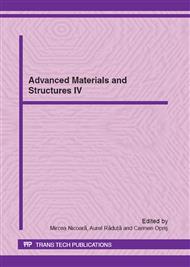p.293
p.300
p.306
p.314
p.318
p.324
p.330
p.339
p.346
Structure Characteristics of Ce-Inoculated, Low Sulphur Grey Cast Irons
Abstract:
The structural characteristics of electric melt, as-cast grey irons were studied in critical solidification conditions, such as very low sulphur content (< 0.025%) and a low (%Mn) x (%S) control parameter (< 0.015) with low Al residual (< 0.002%), without resulphurising or preconditioning. The efficiency of Ce-Ca-Al-FeSi alloy was tested at lower addition rates (0.15-0.25wt.%), as traditionally high inoculant addition rates have been employed in low sulphur grey cast irons. Ce bearing ferrosilicon with similar Ca and Al levels appears to be more efficient than a commercial Ba-Ca-Al-FeSi inoculant, especially at low addition rates (< 0.2wt.%) for the key structure parameters: fewer carbides and less undercooled graphite with small eutectic cells at a higher count.
Info:
Periodical:
Pages:
318-323
Citation:
Online since:
May 2012
Authors:
Keywords:
Price:
Сopyright:
© 2012 Trans Tech Publications Ltd. All Rights Reserved
Share:
Citation:


